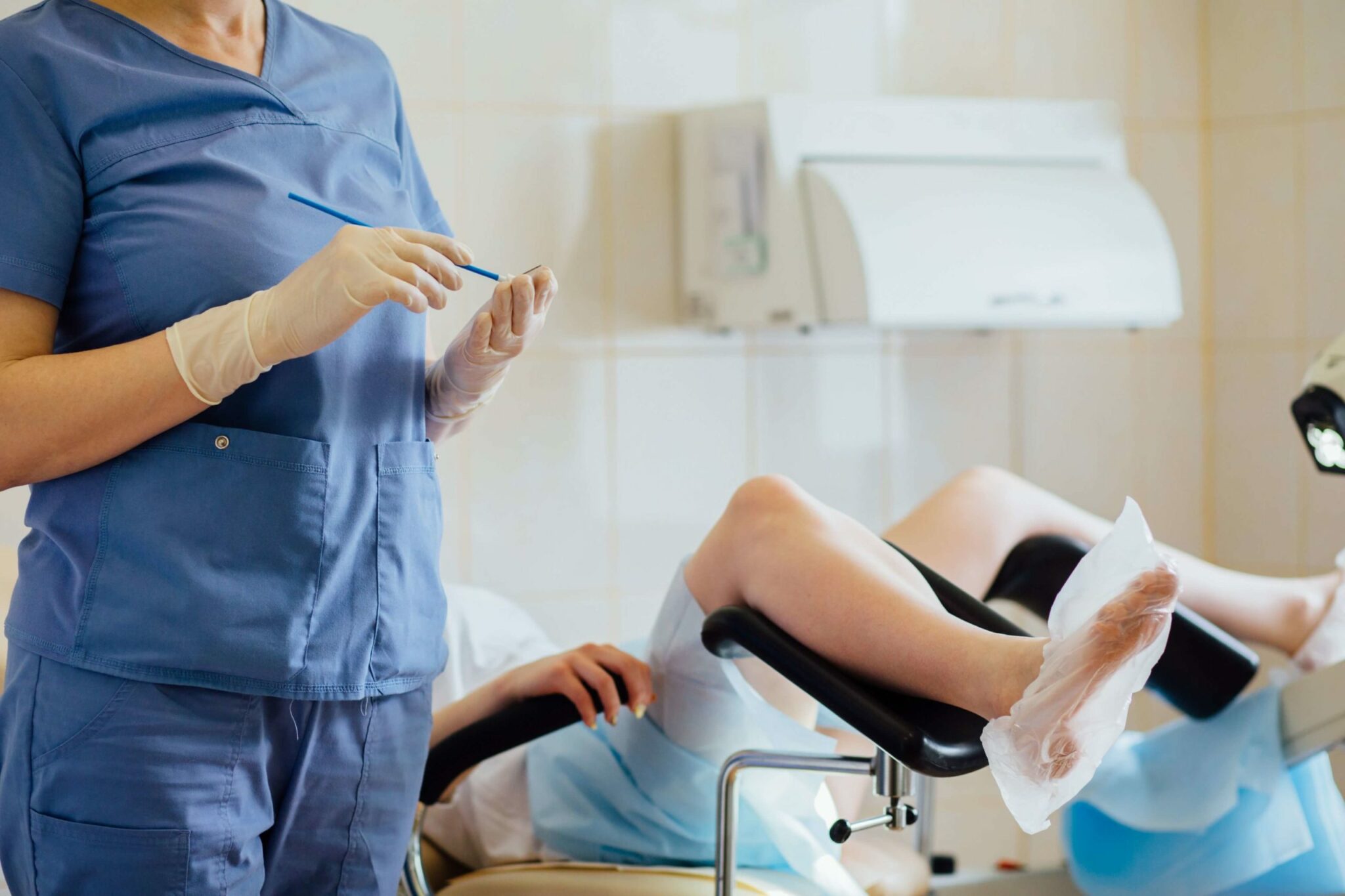When Should I get a Smear Test?

Many women postpone or avoid having a Pap smear test out of embarrassment, or fear as to what the process entails; and yes, it is true, there are more enjoyable ways of spending 20 minutes than undressed from the waist down with your legs spread wide open, in the presence of a person you barely know. It can be a little uncomfortable and few people would describe the process as relaxing, but, and it’s a BIG but, cervical screening saves lives. Without it, many more women would die from cervical cancer every year. It is estimated that if everyone who was eligible attended regular screening, up to 83% of deaths from cervical cancer could be prevented.
What happens during a smear test?
The first thing to do is to make sure that the person performing your smear test is someone you feel comfortable with. A good gynaecologist will know how to put you at ease, whilst remaining professional. If you are nervous you can ask to have a chaperone with you during the appointment.
Your doctor will ask you to undress from the waist down and lie with your legs bent, your feet together and your knees apart. The doctor will then insert a speculum into your vagina to hold it open. They will use a brush to gently scrape a few cells from your cervix and collect them for testing. Once the cells are removed, the smear test is complete. The doctor will remove the speculum and allow you to get dressed again. You may experience a bit of spotting after the procedure, but there should be no long-term effects.
The cells that your doctor collected will be sent for testing. If the cells look abnormal, or if human papillomavirus (HPV) is detected, your doctor will refer you for further tests. HPV is very common, but not all strains have the potential to turn into cervical cancer. If you test positive for the virus, your doctor will want to confirm which strain you have, so that if it is one of the types associated with an increased cancer risk you can be monitored accordingly.
How often should I have a smear test?
Global guidelines for how often a female should undergo a smear test vary slightly. The World Health Organisation recommends screening from 30 years of age. However, in the United States, the Preventive Services Task Force recommends that screening begins at the age of 21, with HPV co-testing starting from the age of 30. As we turn our focus to developing countries and emerging economies, the guidelines on when to start screening are less clear. It perhaps makes sense to look at one of the more advanced healthcare systems in the region for guidance, for example, the Department of Health in Abu Dhabi recommends that all females aged 25-29 undergo pap screening every three years. It recommends that women aged between 30 and 65 undergo smear tests and an HPV test every five years. This is largely in alignment with the UK guidelines, which recommend testing every three years from the age of 25 to 49, and then at 5 yearly intervals until the age of 65. Regardless of the age of the onset of a screening programme, everyone agrees that continuous monitoring is required to catch cellular changes before they transform to cancer.
One thing that is agreed upon is that testing before the age of 21 is unnecessary. Cervical cancer is very rare below this age and the procedure is likely to cause unnecessary stress. Often females of this age will have transiently abnormal cells that return to normal without any intervention.
The take home message should be that Pap smears do not test for cancer. They look for abnormal cells that may develop into cancer over time. By identifying these cells early and taking precautionary steps, the risk of them becoming cancerous is greatly reduced.
Nabta is reshaping women’s healthcare. We support women with their personal health journeys, from everyday wellbeing to the uniquely female experiences of fertility, pregnancy, and menopause.
Get in touch if you have any questions about this article or any aspect of women’s health. We’re here for you.
Sources:
- “Cervical Screening.” NHS Choices, NHS, www.nhs.uk/conditions/cervical-screening/what-happens-at-your-appointment/.
- “Final Update Summary: Cervical Cancer: Screening – US Preventive Services Task Force.” US Preventive Services Task Force, www.uspreventiveservicestaskforce.org/Page/Document/UpdateSummaryFinal/cervical-cancer-screening2.
- Landy, Rebecca, et al. “Impact of Cervical Screening on Cervical Cancer Mortality: Estimation Using Stage-Specific Results from a Nested Case–Control Study.” British Journal of Cancer, vol. 115, no. 9, 25 Oct. 2016, pp. 1140–1146., doi:10.1038/bjc.2016.290.










